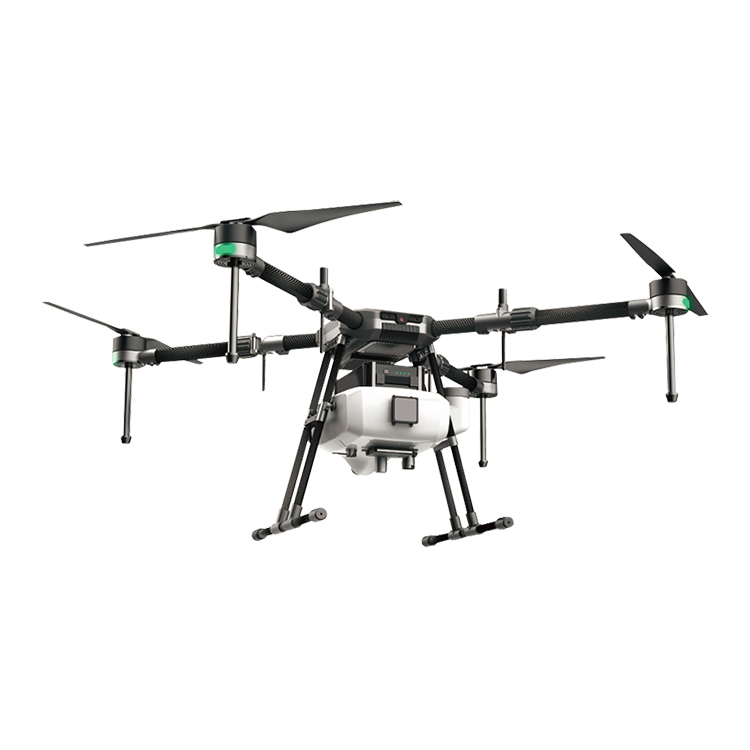
That said, numerous experts have discussed why it doesn’t make sense to consider how drones will impact agriculture as a whole, mostly because this industry is not a single homogenous marketplace. A farmer that has 100 acres of a certain crop might not be able to use drone technology in the same way as someone who has 1,000 acres, a recent article in Wines & Vines explored how one wine specialist has been able to make the technology work for him.
Jim Meyers is based in Westchester, N.Y. and serves as the viticulture specialist for the Cornell Cooperative Extension in a 17-county region in eastern New York. His recent article, How I Learned to Stop Worrying and Love the Drone, detailed an emerging case study for drones in viticulture, but Meyers had more to say about what it would mean to see the technology utilized as a mainstream precision agriculture device.
NDVI, Hyperspectral Sensors and 3D Models
NDVI is the one that most people are familiar with, and it gives you an understanding with relative vigor so you can see areas with more or less plant material or photosynthetic activity
Using the hyperspectral sensors that drones can and will carry, growers are able to diagnose specific problems and take immediate action. Studies have been conducted where a certain hyperspectral pattern was identified on a vine to indicate whether or not that vine was infected with a particular virus. It allowed them to map the vineyard and figure out which specific vines were infected with the virus.
This sort of information can allow growers and specialists to take action once a certain condition has been identified. With that information, they can make decisions like the exact best time to apply certain insecticides or fungicides. This kind of active versus passive insight is the main difference between NDVI and hyperspectral imagery, but it’s not the only type of information that drones are capturing and providing.
The variety of information being gathered via drones is creating value in expected and unexpected ways, but these approaches all have a different impact on what it will mean to see drones adopted in a much wider context.

A Mainstream Agriculture Device
In his case study to showcase the kind of impact drones could enable in viticulture, Meyers performed a site inspection on a vineyard block using a drone with two cameras. The off-the-shelf camera for photos and videos produced maps showing large variability zones in vineyard floor heath and vine size. He used data from the other camera to create NDVI maps of the vineyard that identified areas of variability that would otherwise be less visible with standard photography.
This specific use case along with countless others provides us with the detail that so many want to see when it comes to actually realizing where and how drones can make a difference on the farm.
“For me, it all boils down to a simple question: ‘do I need this information to make a decision?’” Meyers said. “Is the information you’re going to get from the drone better information than you can get without it? If the answers to those questions aren’t ‘yes’, then it’s just a novelty, and it’s going to stay that way. Low-cost hyperspectral sensors will eventually lead to a more compelling value proposition.”
Moving drone technology beyond being a novelty in agriculture is going to be about establishing where a farm or grower can create value today, and where that value might soon be unlocked with technology like hyperspectral sensors. That future value can’t come at the expense of making better decisions in the present though, which is why specialists like Meyers aren’t losing focus around their processes and deliverables, even as the potential impact of the technology continues to develop.

Intelligent Agriculture is the trend of all over the world. And the intelligent drone act as a important role in this world plan.
Agriculture spraying drone can replace the traditional pesticide sprayer and it's speed is 40times of the traditional sprayer. It will save 90% water and 30%-40% pesticide. Small droplet diameter make the pesticide more well-distribute and improve the effect. At the same time, it will make the people faraway from the pesticide and reduce the pesticide remain of the crop.

Contact: Fly Dragon Drone Tech.
Email: frank at dronefromchina.com
Add: NO. 9 Dayu Road PiDu distric, ChengDu 611730, China